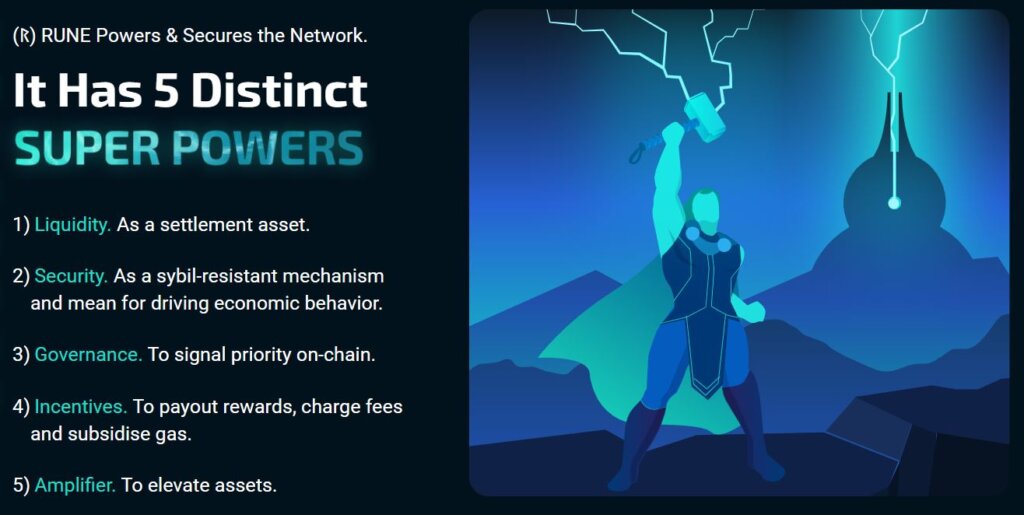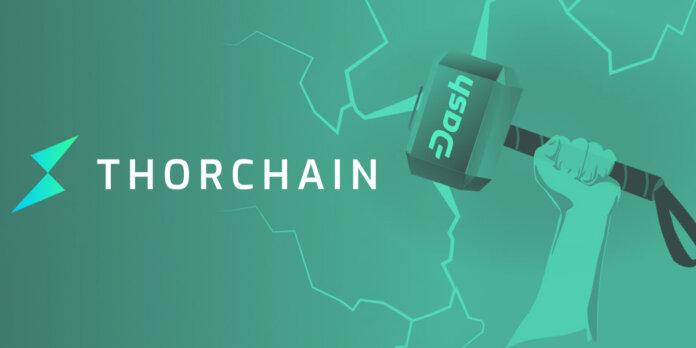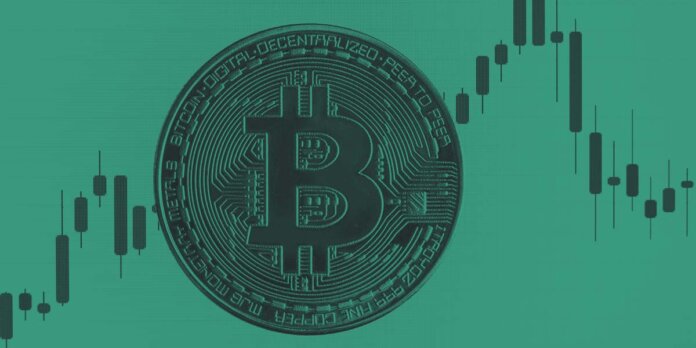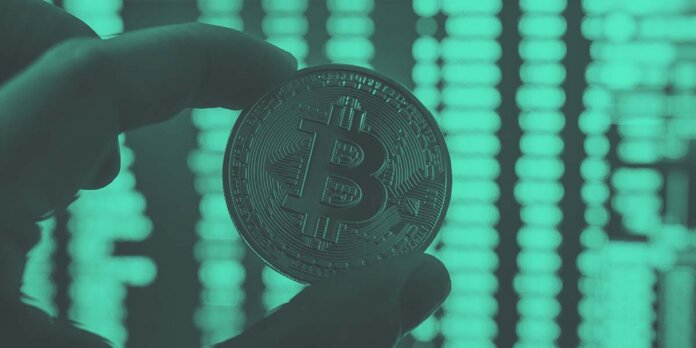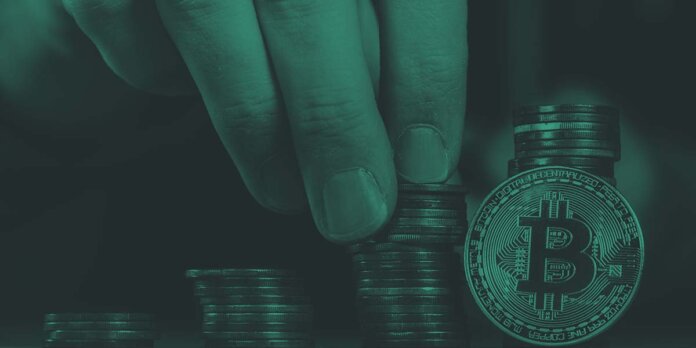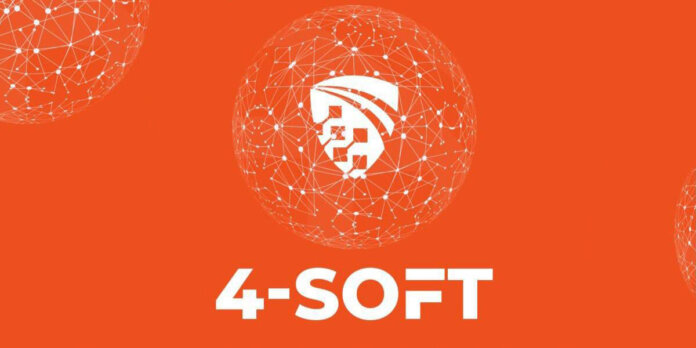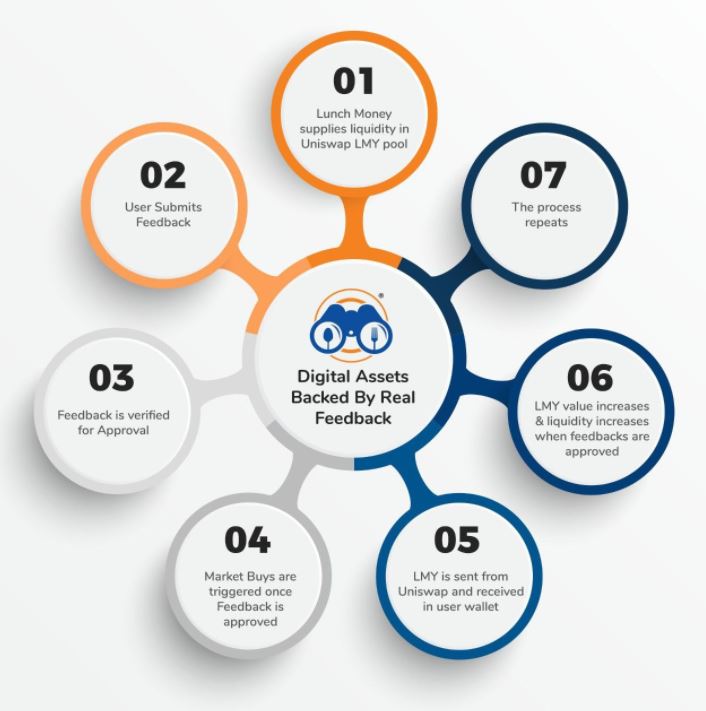This article is the first part of an analysis on the differences in tax implications of digital assets and cryptocurrencies in the German-speaking countries. The article covers three types of qualified investors with three different products in which these investors invest. The first part deals with Liechtenstein and Switzerland, while the second part refers to Germany and Austria.
The report will treat three different types of qualified investors in four different countries with three different investment products. The facts and circumstances always stay the same, only the residence changes. First of all, we have Lisa who possesses assets worth CHF 10 million and has declared in writing that she wants to be considered as a qualified investor. These are private assets. Her sister Sara did not make such a declaration but possesses the same amount of money. She is not considered to be a qualified investor. Secondly, there is Paul. Paul possesses assets worth CHF 20 million, but half of them are invested through a legal entity: Paul’s Road to Happiness AG. Lastly, there is CryptInvest AG, a bank which buys crypto on behalf of its clients and is considered a legal person. CryptInvest has assets of CHF 50 million and charges a provision of 1% of the amount invested for each of their clients’ asset investment. In addition, the bank charges 1% of the realized capital gain at the time of the sale.
All of them want to invest 10% of their assets in Bitcoin and expect a 50% rise of the investment. However, they are not sure if they should invest this amount directly, via an AIF, or a certificate. It is assumed that they will sell the Bitcoin investment as soon as it has increased by 50%. An AIF is a collective investment that raises capital from some investors to invest it in accordance with the specific investment strategy and with the aim to generate benefits for the investors. A certificate represents the evidence of ownership of a financial security such as a bond or stock market shares in corporation. It depends on the performance of the underlying asset. Furthermore, they have to take the intended time of holding the asset into account when comparing the investment possibilities.
Liechtenstein
Lisa and Sara
Lisa has her residency in Liechtenstein and is, therefore, subject to unlimited tax liability in Liechtenstein. As she invests 10% of her assets in Bitcoin, she invests CHF 1 million in Bitcoin. Apart from wealth tax, which has to be paid on assets in Liechtenstein, individuals have to pay income tax, which will be treated in the following. However, Lisa does not have to pay taxes on her gains from the sale of the Bitcoin as capital gains are tax exempt in Liechtenstein. The duration the asset is held has no impact on taxation. The same applies to Sara. There are no distinctions between Lisa as a qualified investor and Sara as a “normal” investor.
The only difference is that Lisa has more investment possibilities in general because of her classification as a qualified investor.
There are no differences if Lisa and Sara would choose to invest in an AIF or certificate as capital gains from the sale of private assets and profit shares due to shareholdings in legal entities are tax exempt.
As Bitcoin is a payment token, there is also no risk that Lisa and Sara could be subject to VAT. This results from the fact that payment tokens are a pure exchange of currencies due to the missing prerequisites of a service rendered against payment and, therefore, do not fall within the scope of the VAT.
Paul’s Road to Happiness AG
Paul also has his residency in Liechtenstein. He invests CHF 2 million of the business assets in Bitcoin, so the investment is considered to be part of the business assets. As a result, the capital gains linked to the 50% rise have to be taxed with the corporate tax rate of 12.5%. This would lead to a tax liability of CHF 125,000.
If he had invested the same amount in an AIF instead, the annually realized profits of the AIF would be taxed with the tax rate of 12.5%. If the fund were only invested in Bitcoin and were equal to a direct investment in Bitcoin, it would lead to the same tax liability.
If he had invested in a certificate, which represents an investment in a financial security, and sold this certificate with a 50% increase in value, i.e., with a gain of CHF 1 million, he would also have to pay corporate tax of 12.5%. Hence, the different investment structures all lead to the same tax liability.
As Bitcoin is a payment token, there is no VAT. Payment tokens do not fall within the scope of the VAT Act as they are a pure exchange of currencies and miss the prerequisites of a service rendered against payment.
CryptInvest AG
CryptInvest AG is a legal person and has its residency in Liechtenstein. Therefore, the AG is subject to taxation in Liechtenstein. It invests CHF 5 million of their clients’ money into Bitcoin and gets a profit of CHF 50,000 out of these investments plus the profit of the realized capital gain of CHF 25,000. This amount of investment reflects the income of the bank and is subject to corporate tax. The tax rate is 12.5%. Therefore, it has to pay CHF 9,375 in taxes due to the direct investment in Bitcoin. This is also the case if the bank invests in certificates.
If the bank decides to invest the money in a self-administered AIF, the results are the same. Profits from such fund investments are tax exempt. They have to tax the income coming from the general investment activity of CHF 50,000 and the profit of CHF 25,000 which would lead to taxes of CHF 9,375. The income from the AIF is tax exempt on fund level. Therefore, the tax liability equals the tax liability in case of a direct investment.
The sale of shares and the management of investment companies with fixed capital is exempt from VAT according to the VAT Act. This includes the brokerage of securities, book-entry securities, and derivatives as well as units in companies and other associations. Same applies to the sale of AIF shares. Hence, there is no VAT in this context. However, there is turnover tax that has to be paid in relation to paid transfers of shares, obligations, certificates, or shares in collective capital investments of a bank. The tax rate is 1.5%. In this context, this would amount to CHF 50.
Wealth Tax
Liechtenstein and Switzerland have a wealth tax. As part of the wealth tax in Liechtenstein, the assets of natural persons are taxed. In Switzerland, legal persons have to pay capital tax, natural persons wealth tax. Hence, natural persons that hold assets through a legal entity must also pay wealth tax for the holding of this legal entity. In Liechtenstein the tax is based on the value of the assets at the beginning of the fiscal year, in Switzerland on the value at the end of the fiscal year. Therefore, wealth tax results from holding Bitcoin. In the Principality of Liechtenstein, the assets are integrated into the income tax via the target income (Sollertrag). There is, therefore, no separate wealth tax statement as this is part of the income tax. In Liechtenstein, it ranges from 0% to 0.89% depending on the assessment rate of the specific municipality. In Switzerland, the wealth tax also depends on the respective municipality and can be between 0% and 1%.
As we examine the Liechtenstein assessment in this section and Lisa has her residency in Liechtenstein, her wealth of CHF 10 million is subject to wealth tax in Liechtenstein. She first has to determine the so-called “Sollertrag”, which is 4% of the taxable wealth. In this case this would be CHF 400,000. This amount is then taxed within the income tax. The applicable tax rate in this case is 0,08% of the amount minus CHF 6,100. This leads to a tax liability of CHF 25,900. On top of this there is a municipality tax, which is at least 150%. This would lead to taxes worth CHF 38,850. In summary, a total wealth tax of at least CHF 64,750 has to be paid in this case. As Lisa has a wealth of CHF 10 million, the applied tax rate is 0.6%.
Switzerland
Lisa and Sara
In Switzerland, the tax rate depends on the respective canton and the municipality the person lives in. For this report, Zürich has been chosen, where income coming from the sale of private assets is tax exempt. This would mean that Lisa and Sara do not have to pay taxes on the gains coming from the Bitcoin investment as long as they are not classified as private securities dealers. However, the holding of Bitcoin is taxed within the Swiss wealth tax.
Paul’s Road to Happiness AG
In Zürich, capital gains from the sale of business assets are subject to taxes. This also includes income from collective capital investments and certificates. Paul would have capital gains of CHF 1 million and a tax rate of approximately 20% would be applied, which is the profit tax rate. This leads to a tax liability of CHF 200,000 regardless of the time horizon and the investment structure.
CryptInvest AG
The CryptInvest AG is a legal entity and has to pay taxes on its profits like every other entity. As there are no tax exemptions according to the Swiss Tax Law, it also has to pay a profit tax of approximately 20% on its capital gains. In our case the amount of CHF 50,000 plus the amount of CHF 25,000 would be taxed, if we assume no further income or expenses. This leads to a tax liability of CHF 15,000. Additionally, similar to the wealth tax that natural persons have to pay, the AG is subject to capital tax. As Liechtenstein has adopted the tax norms of Switzerland,no VAT has to be paid but a turnover tax of CHF 50.
The second part of this analysis will deal with the tax relevance of digital assets and cryptocurrencies in the two EU member states Germany and Austria. As we shall see, these are significantly different from the countries covered here and also more distinctly different from each other than is the case with Liechtenstein and Switzerland.
This article is an extract from the 70+ page Discovering Institutional Demand for Digital Assets research report co-published by the Crypto Research Report and Cointelegraph Consulting, written by eight authors and supported by SIX Digital Exchange, BlockFi, Bitmain, Blocksize Capital, and Nexo.
